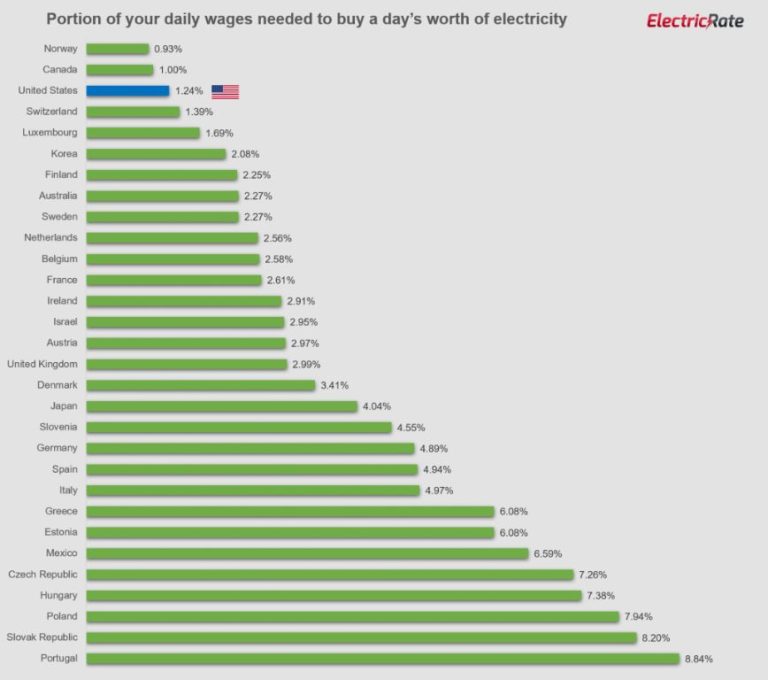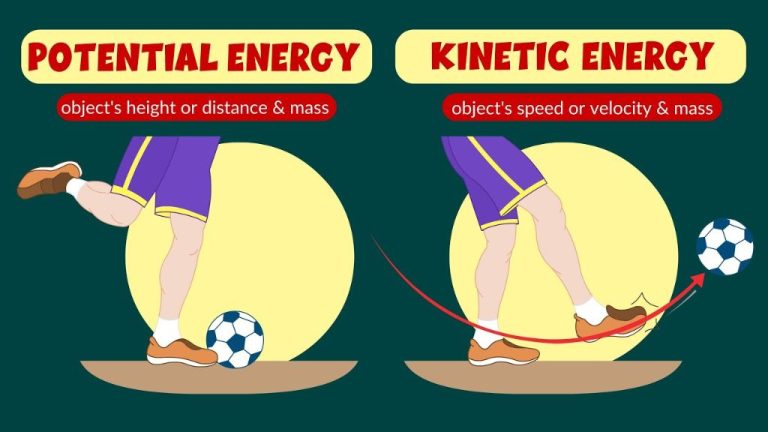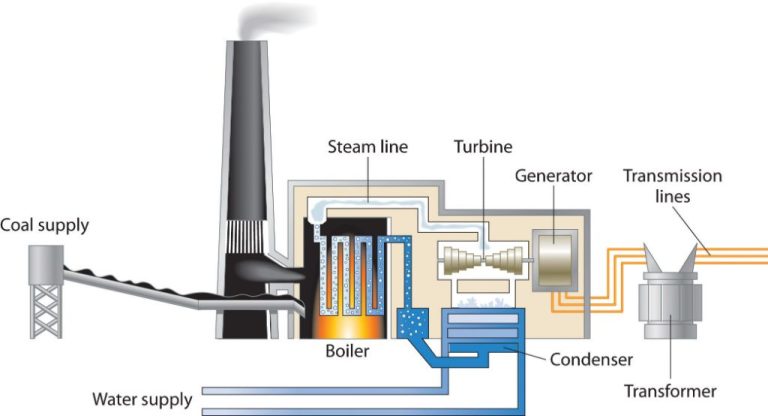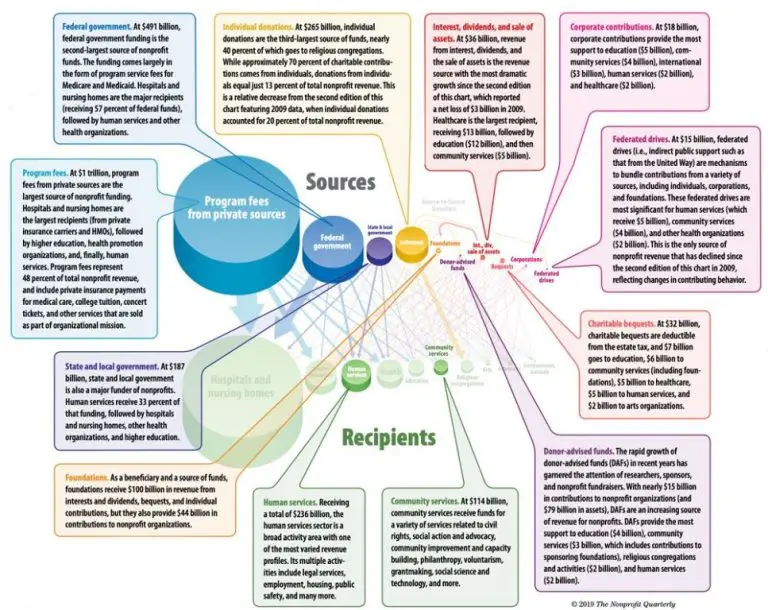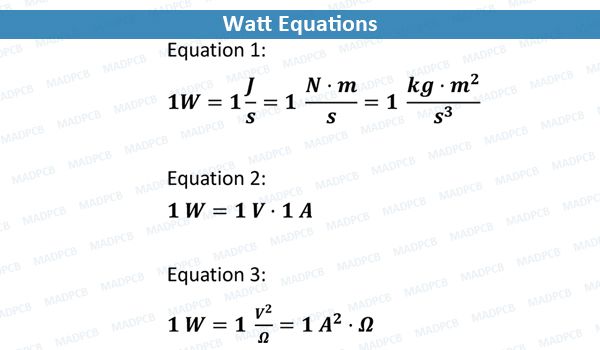What Are The Energy Efficiency Standards And Labels?
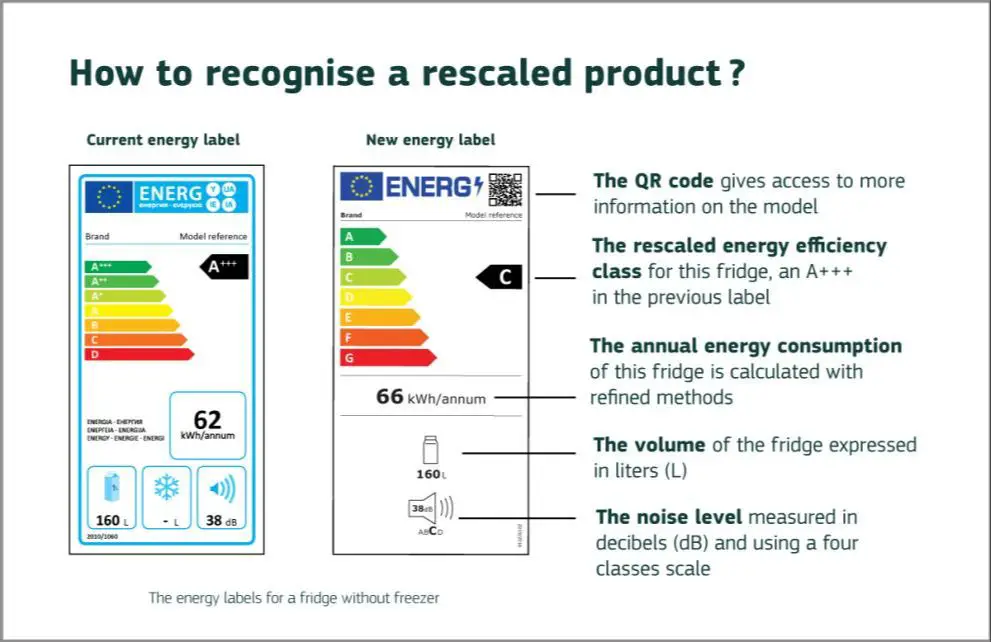
Energy efficiency refers to using less energy to provide the same service. For example, installing LED lightbulbs uses less electricity to produce the same amount of light compared to traditional incandescent bulbs. Energy efficiency is an important tool for addressing rising energy costs, reducing environmental impacts, and improving energy security.
With global energy demand continuing to rise, improving energy efficiency can help curb energy consumption and avoid the need to build new power plants. The International Energy Agency estimates that energy efficiency efforts have avoided over 2,195 Mtoe of energy consumption since 2000, reducing the need for new generation capacity and infrastructure. Energy efficiency is the cheapest and lowest risk way of reducing energy demand and greenhouse gas emissions.
For consumers, energy efficient products and buildings can lead to significant cost savings on utility bills. For example, improving the efficiency of building envelopes through better insulation and windows can reduce heating and cooling costs. Energy efficiency allows consumers to save money while still receiving the energy services they need for lighting, appliances, electronics, vehicles, and more.
Energy efficiency also reduces the environmental impact of energy production, as less energy needs to be generated overall. Widespread adoption of energy efficient technologies in homes, commercial buildings, industry and transportation could reduce carbon dioxide emissions by nearly 2.5 gigatonnes in 2030, according to IEA estimates.
History of Standards and Labels
The energy efficiency standards and labeling movement began in the 1970s during the energy crisis. At this time, there was growing awareness of energy consumption and the need for more efficient appliances and equipment. Some of the earliest efficiency programs focused on setting mandatory minimum energy performance standards (MEPS) for appliances like refrigerators, freezers, and room air conditioners.
In 1992 the U.S. Environmental Protection Agency introduced the voluntary Energy Star program to help businesses and consumers identify energy efficient office equipment. This program expanded over the years to cover new homes, commercial buildings, and more products. Energy Star provided recommended specifications and labels for voluntary use. Similar programs were launched in Europe, Australia, and Asia.
Following the introduction of Energy Star, many countries established their own mandatory or voluntary energy labeling schemes. For example, the European Union introduced mandatory efficiency labeling in the 1990s. In the 2000s, China, India, and other countries in Asia launched programs to drive efficiency improvements in appliances, lighting, and consumer electronics. These regional and national programs laid the foundation for expanded international cooperation on efficiency standards and labels.
Types of Standards and Labels
There are several categories of standards and labels for energy efficiency:
Mandatory vs Voluntary
Mandatory standards are set by governments and regulate minimum energy performance requirements for appliances, equipment, and buildings. These are required by law for products to be sold in a jurisdiction. Voluntary standards are industry initiatives that set performance guidelines that may exceed mandatory requirements. Companies may aim to meet voluntary standards to demonstrate leadership.
Product vs Building
Product standards set energy performance requirements for specific appliances, equipment and lighting. These include refrigerators, washers, dryers, and more. Building standards focus on the energy efficiency of the entire building and cover components like insulation, windows, HVAC, and water heating systems.
Government vs Third Party
Government standards are developed and enforced by regulatory bodies. Third party standards are created by independent organizations like ASHRAE or RESNET. These act as guidelines for industry but may be adopted into regulation.
Key government standards include ENERGY STAR in the US, and Ecodesign standards in the EU. Leading third party building standards are LEED and PassiveHaus.
Major Programs Around the World
Some of the major energy efficiency programs and standards around the world include:
In the European Union (EU), efficiency standards and labels have been in place since the 1990s. Some key programs include:
- The EU Energy Label, which provides energy efficiency ratings for appliances and products like washing machines, dishwashers, refrigerators, lightbulbs, and more. Ratings range from A (most efficient) to G (least efficient) [1].
- The Ecodesign Directive, which sets mandatory energy efficiency standards for products sold in the EU like boilers, computers, motors, and more [2].
- Building Energy Performance Standards that aim to drive renovation of existing buildings for greater efficiency.
In China, the Energy Label program started in 2005 and now covers over 100 product categories. China also has Minimum Energy Performance Standards for appliances, lighting, motors and more. Additional policies promote efficiency in industry, buildings, and transportation [3].
In Japan, the Top Runner Program sets standards based on the most efficient product in a given category. New models must meet or exceed the standard by the target year. This motivates manufacturers to improve efficiency across product classes like air conditioners, computers, vehicles and more.
In the United States, key federal standards and labels include the ENERGY STAR program, established in 1992, which provides voluntary efficiency labels for products like appliances, electronics, and homes. There are also mandatory appliance and equipment standards set by the Department of Energy under federal law.
How Standards and Labels Work
Energy efficiency standards and labels rely on rigorous testing protocols and rating scales to evaluate and certify products. The U.S. Department of Energy (DOE) oversees the compliance and enforcement of efficiency standards for over 60 categories of appliances, lighting, and equipment.
Manufacturers must test their products according to DOE test procedures at independent testing facilities. These procedures measure energy use during representative average use cycles and conditions. Test results are used to determine ratings on mandatory EnergyGuide or Energy Star labels displayed on products.
Ratings are based on a scale that allows consumers to compare performance between models. For example, most appliances use the Energy Star scale where products can qualify for ratings from 0 to 5 stars. The more stars, the more efficient the product is compared to models that just meet the minimum standard.
Before products with mandatory standards can be sold in the U.S., manufacturers must certify that their products meet the applicable standard. DOE conducts regular audits and test programs at third-party and manufacturer facilities to ensure compliance. Penalties can be imposed for products that fail standards.
Benefits for Consumers
Energy efficiency standards and labels provide a number of important benefits for consumers looking to purchase appliances, electronics, vehicles, and other products.
First and foremost, energy efficient products help consumers save on their energy bills. Appliances, lighting, and HVAC systems account for a significant portion of a typical household’s energy use. When consumers choose energy efficient models, they can reduce their electricity and fuel consumption, resulting in lower utility bills.
Over the lifetime of a product, these savings can really add up. For example, an ENERGY STAR certified refrigerator uses 10-50% less energy than conventional models, which can save a household $40-100 per year. Upgrading to an efficient furnace or air conditioner can save hundreds of dollars annually in heating and cooling costs.
In addition to cost savings, energy efficiency standards and labels provide consumers with useful information for comparing products. Mandatory labels allow consumers to clearly see the energy performance of different models when shopping. Voluntary endorsement labels like ENERGY STAR take the guesswork out of choosing efficient products that will save energy and money.
Finally, purchasing energy efficient products benefits the environment by reducing electricity generation and fuel consumption. This lowers greenhouse gas emissions associated with home energy use. Consumers concerned about their environmental impact can use efficiency standards and labels to guide their purchases.
By providing cost savings, product information, and environmental benefits, energy efficiency standards and labels deliver significant advantages to consumers looking to make informed, money-saving purchases.
Benefits for Industry
Energy efficiency standards provide numerous benefits for appliance and equipment manufacturers, builders, utilities, and other industries involved in energy production and consumption. Some key benefits include:
Product Differentiation: Manufacturers can promote their products as meeting or exceeding efficiency standards to stand out from competitors. This allows branding and marketing focused on sustainability and energy savings. Energy.gov notes that standards encourage investment in R&D and innovation to design higher efficiency products.
Compliance Assistance: Many standards programs offer training, education, testing procedures, and other compliance tools to help manufacturers meet requirements. This reduces the burden of navigating regulations. IEA.org highlights that compliance support enables economies of scale in meeting standards.
Supply Chain Efficiency: Uniform standards harmonize specifications for components and materials across a supply chain. Rather than custom parts, standard components can be produced at scale. This reduces costs through supply chain optimization according to EPA.gov.
Criticisms and Limitations
While energy efficiency standards and labels have many benefits, they also face some criticisms and limitations. One frequent criticism is the cost of compliance for manufacturers. Meeting new standards often requires investments in research and development as well as changes to manufacturing processes and equipment. This can increase costs, especially for smaller companies with fewer resources.[1]
Another challenge is the lack of coherence and consistency across different standards and labels worldwide. With various test methods, metrics, and performance criteria, it can be difficult for manufacturers to comply with diverse regulations across multiple markets. This lack of harmonization increases costs and complexity.[2]
Standards can also struggle to keep pace with rapid advances in technology. By the time a standard goes into effect, it may already be outdated compared to the latest innovations. This can discourage development and adoption of cutting-edge efficient products and practices. Policymakers face challenges balancing flexibility and ambition in standards that evolve with technology.[3]
Future Outlook
The future of energy efficiency standards and labels looks promising, as programs aim to continuously tighten standards and expand their scope. There will likely be a strong focus on integrating standards with smart technologies and enabling greater energy savings through connected devices and real-time data.
Many experts predict continued tightening of standards in the years ahead. For example, California’s 2025 Building Energy Efficiency Standards will require new homes to be net-zero energy, meaning they must produce as much renewable energy as they consume over the course of a year [1]. The EU is also implementing tighter standards, requiring a 30-32% reduction in energy use from new buildings by 2030 [2].
The scope of products covered is also expected to expand, incorporating more commercial equipment, appliances, and building components that were previously unregulated. There are ongoing efforts to extend standards to cover entire buildings, going beyond individual components and enabling a more holistic approach.
Additionally, integration with smart technologies will likely increase. Standards may emphasize capabilities like automated energy savings, connectivity with utilities, real-time energy monitoring, and integration of renewable energy and storage solutions. The goal is to leverage data and connectivity to maximize efficiency improvements.
Conclusion
In summary, energy efficiency standards and labeling programs have played a crucial role in improving energy efficiency across various sectors. By setting minimum efficiency requirements and providing consumers with comparable information on efficiency, they have driven widespread adoption of more efficient appliances, equipment and buildings.
Standards remove the worst-performing products from the market, providing a consistent base level of efficiency. Meanwhile, labels allow consumers to choose higher efficiency products that may have previously been difficult to compare. Together, standards and labels accelerate efficiency improvements that deliver tremendous energy savings and emissions reductions.
As countries seek to transition their energy systems and meet climate goals, energy efficiency standards and labels will continue to serve as critical policy tools. They enable rapid market transformation by aligning government regulations, manufacturer offerings and consumer purchases around higher efficiency. Stronger standards and label design will be key to further progress. Efficiency labels may also expand beyond standalone products to provide system-level efficiency ratings for technologies like whole buildings and electric vehicles.

